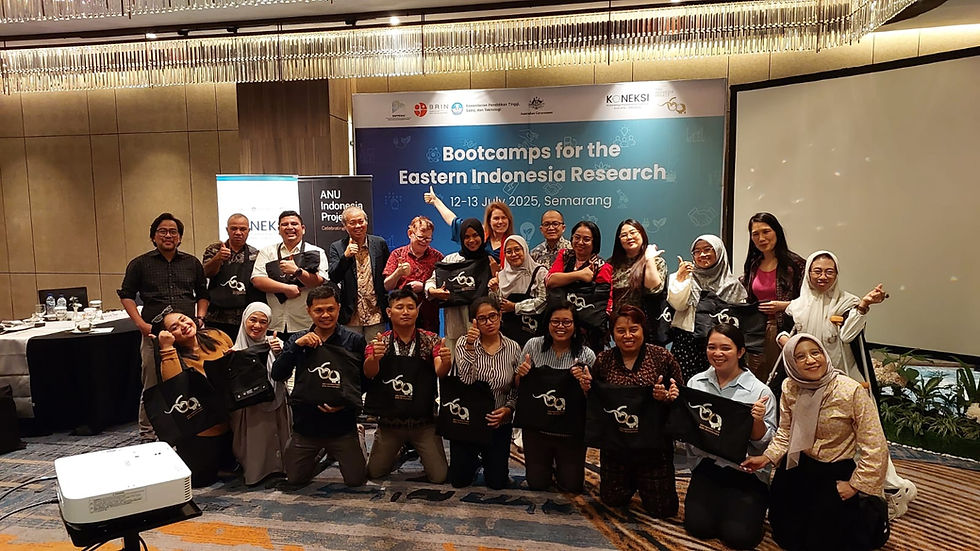61st National Nutrition Day : Anemia in Adolescent
- admin
- Jan 25, 2021
- 2 min read

The nutritional problem in adolescents often neglected is the lack of intake of micronutrients, one of the most common manifestations of anemia. Anemia is a body condition in which a person has a hemoglobin (Hb) level in the blood that is lower than normal (<11 g / dL). Low hemoglobin levels describe if the body lacks red blood cells so that oxygen forces into the body are reduced, making sufferers easily tired, less excited, dizzy, pale, irregular heartbeat, and chest pain. The 2018 Basic Health Research (Riskesdas) revealed that the prevalence of anemia in adolescents is 32%, which means 3-4 out of 10 Indonesian adolescents suffer from anemia. The incidence of anemia in adolescents is influenced by several factors including unbalanced nutritional intake, especially the lack of iron intake, and other factors such as worms.
Adolescents who suffer from anemia, especially adolescent girls, as adults and pregnant will be at risk of giving birth to babies who have nutritional and health problems such as growth problems, low birth weight (LBW), premature birth, infant mortality, perinatal mortality, and susceptibility to infectious diseases due to decreased endurance of mother and baby 5. These various problems are a manifestation of the prolonged condition of anemia and chronic energy deficiency (KEK). Generations born to anemic mothers have a greater risk of suffering from a disease in adulthood, have lower cognitive abilities and productivity, so they have lower competitiveness in the world of work in the future which will directly affect their survival as adults, especially on the ability to live properly.
This problem has become a “vicious circle” of adolescent nutrition problems in Indonesia. If not handled seriously and with full commitment, the prevalence of stunting and anemia among women of childbearing age will continue to increase. Therefore, to create an accomplished millennial generation, start by caring about adolescent nutrition problems, especially anemia. If since adolescence they have had sufficient nutritional intake, then they can give birth to future generations of a disease-free nation and can improve the quality of human resources in Indonesia.
Coinciding with the 61st National Nutrition Day commemoration on January 25, 2021, which carries the big theme “Healthy Youth, Anemia Free” with the slogan “Balanced Nutrition, Healthy Youth, Strong Indonesia” has a goal that focuses on overcoming anemia in adolescents during the pandemic. COVID-19 through education, dissemination of information, and specific health promotion on the prevention of anemia during a pandemic encourage the active role of the community as well as commitment and cross-sector cooperation in overcoming anemia in adolescents. Also, iron supplementation programs for adolescent girls have been carried out and continue to be implemented even during the COVID-19 pandemic as an effort to reduce the prevalence of anemia in adolescents.
The 61st National Nutrition Day commemoration can be used as a momentum for all of us to raise awareness and commitment to create a nation with a healthy and anemia-free generation through various efforts and health programs that can answer all the challenges of nutrition problems. Certainly, this will be achieved with a lot of support from various parties and participation from the community.





Comments